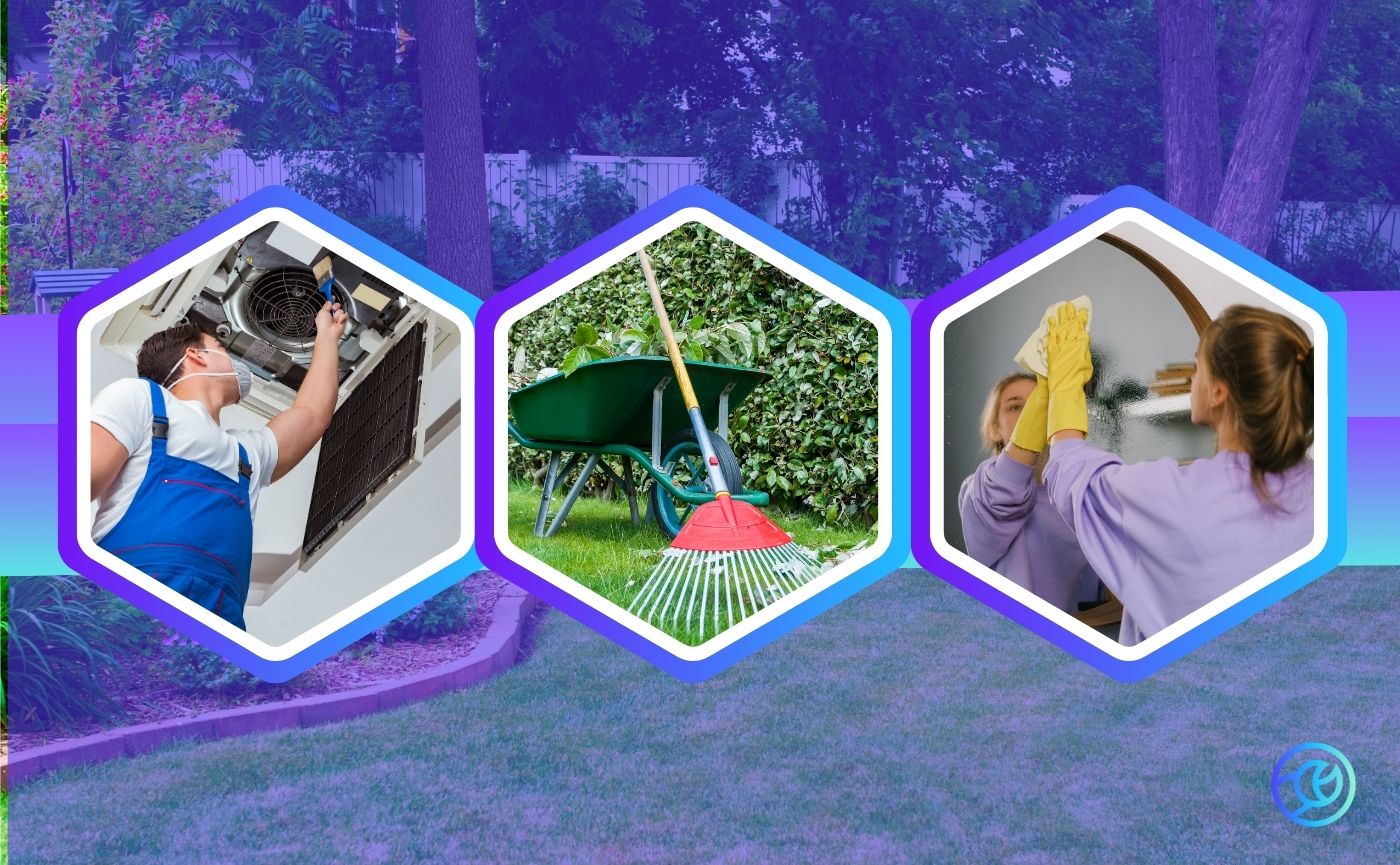The Expanding Definition of “Location” in Social Advertising for QSR Franchises and Restaurant Brands
The definition of “location” is expanding. It’s more than just a pinpoint on a map; it’s where you direct your audience’s next action. Leveraging local social advertising isn’t just about driving foot traffic; it’s about channeling the power of your brand’s presence. Quick-service restaurants (QSR) and restaurant brands can guide consumers to various touchpoints, from brick-and-mortar locations to their digital counterparts.
Fueling the Surge in Online Food Orders
With a culinary world that’s increasingly digital, there’s a surging demand for food delivery. By 2027, we expect the food delivery industry’s revenues to climb 12.33% annually to an impressive $1.45 trillion. How can QSRs and restaurants tap into this wave? The answer is local social advertising, a versatile tool to either point customers to third-party delivery platforms or lead them to a restaurant’s online ordering system.
Take Ben & Jerry’s, for example. They achieved a staggering 620% jump in online orders by strategically pairing local social advertising with their UberEATS partnership. Using the Tiger Pistol platform, the franchise launched hyper-local social ads at scale with geo-targeting for Uber Eats’ delivery area. The QSR franchise was able to activate local audiences through a call-to-action, “Order Now via Uber Eats” which upon clicking, brought users directly to Uber Eats’ online ordering page for their local Scoop Shop.
Amplifying Brand Presence Through Apps and Loyalty Programs
Loyalty programs and brand mobile apps have become a cornerstone for brands wanting to engage with their customers. An impressive 70% of restaurants now have loyalty programs. And guess what? 86% of diners are eager to join them when offered tempting discounts.
However, there’s a twist. The 2023 Global Customer Loyalty Report highlighted that many loyalty points remain unredeemed. Yet, customers who use their points even once show much more commitment to the brand with increased sales and a higher lifetime value. This is a goldmine! With this knowledge, restaurants and QSRs can employ targeted local social ads, urging customers to redeem their points. The result? Strengthened customer bonds.
Building Strong Customer Relationships
When QSR and restaurant brands forge lasting relationships, sales naturally follow. Through local social advertising, brands can lead customers to points of purchase that resonate more deeply. This strategy makes customers feel recognized, connected, and valued.
Brands today need to think more broadly than traditional locations. With tools like Tiger Pistol, businesses can harness the power of local social ads, reaching customers at various touchpoints. Whether it’s a delivery app, a brand app, an e-commerce site, or even a kiosk, the future of local advertising lies in recognizing where your customers are and meeting them there.
Tiger Pistol supports local social ads that drive consumers to action across the purchase ecosystem including brick-and-mortar, delivery apps, brand apps, ecommerce sites, kiosks, and even vending machines.
Discover how Tiger Pistol can power your local advertising success.
Related Posts
How Home Service Franchise Brands Outperform Facebook Benchmarks with Local Advertising
For home service franchisees – such as landscapers, home cleaners, and repair professionals – building local trust is the foundation of their business. While national brand campaigns attempt to generate business at scale, they often fail to reach the right homeowners at the right time. A localized approach ensures ads connect with potential customers in [&h
Threads: The Explosive Launch of Meta’s Text-based Conversation Platform
Threads, a new text-based conversation platform developed by Meta, launched this past Wednesday evening and saw an adoption explosion. Within 24 hours, the app attracted more than 50 million users and shows no signs of slowing. Threads is a separate application yet tightly integrated with Instagram. This integration facilitates adoption by leveraging users’ l
Restaurant Social Advertising Benchmark Report for QSR Franchise Marketers
See how we’ve helped QSRs lower ad costs and soar past Facebook benchmarks. Get our benchmark report now and see how you compare. Get the Report A Sampling of Savings Get the Report to See How Your Industry Compares Lower CPc Lower CPM Increase in CTR Source: Tiger Pistol Internal Data In the competitive arena […]
How Beauty Franchises Can Maximize Ad Spend and Outperform the Competition
As beauty franchise brands seek to make every marketing dollar count, local social advertising is proving to be a game-changer. The latest traffic campaign benchmarks from H1 2024 reveal just how powerful this strategy can be when paired with the right platform. Tiger Pistol, the premier local advertising platform, is delivering results that are more […]





